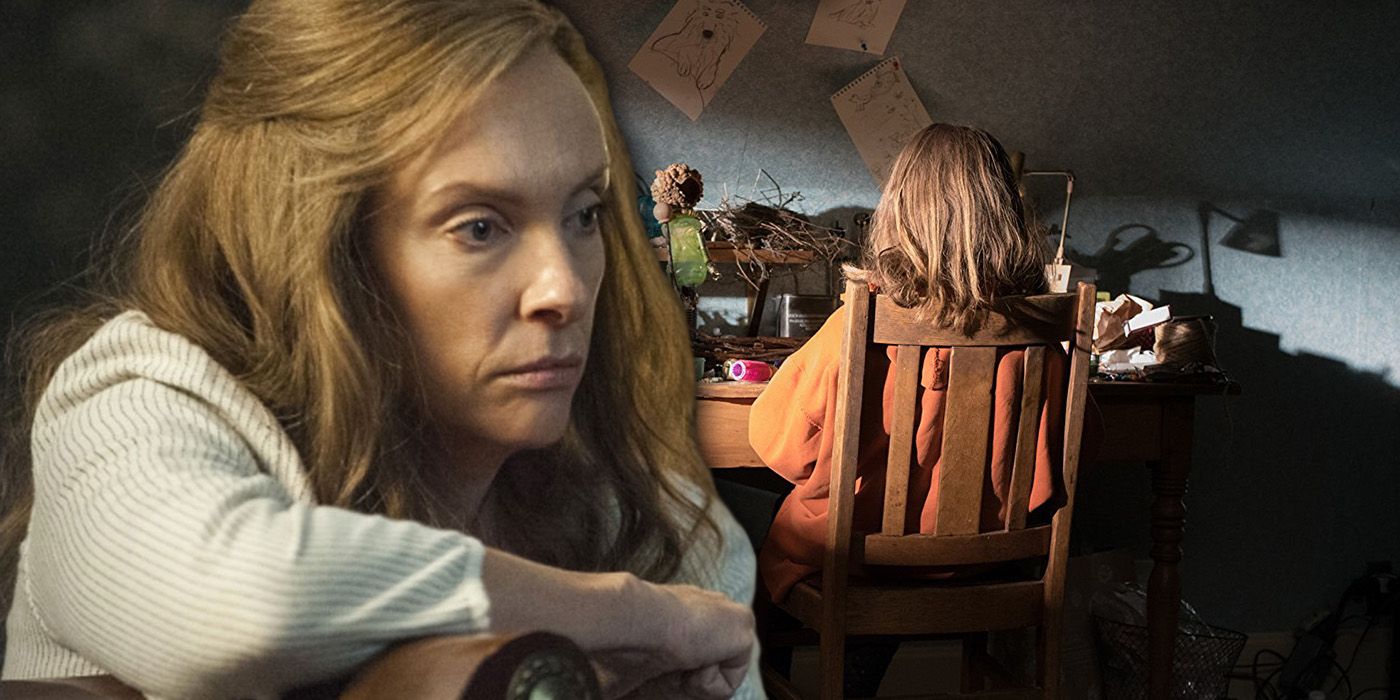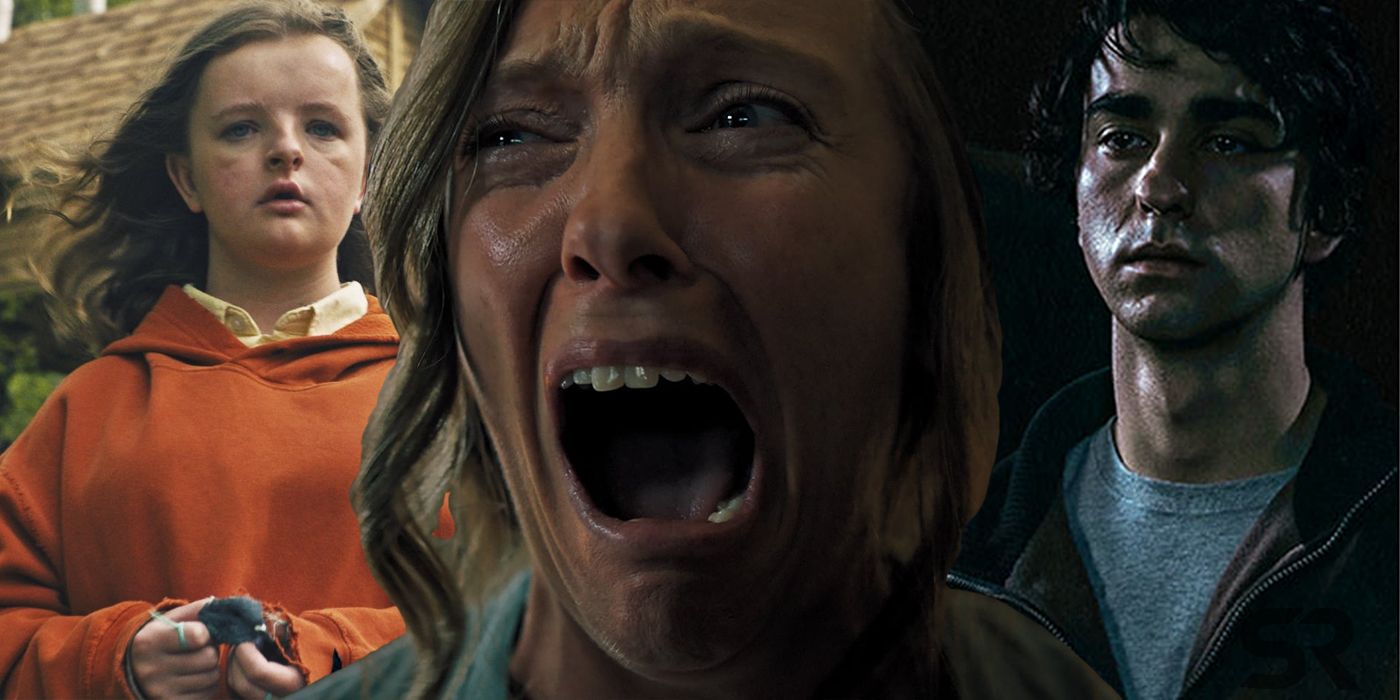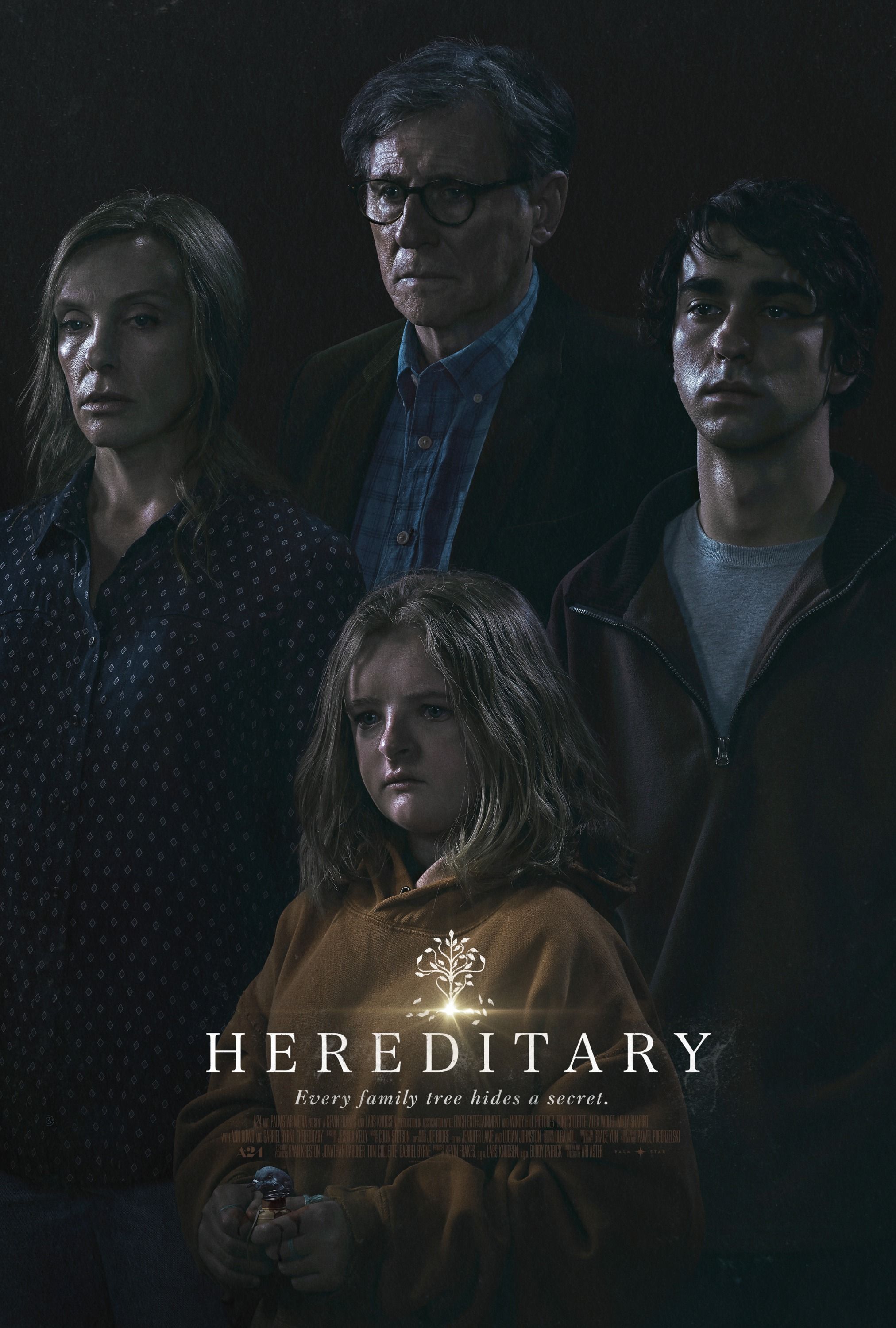Hereditary director Ari Aster revealed that he cut an hour of footage spanning 30 scenes from the theatrical release of the movie. It's a bit of a surprising admission from the writer/director, considering the cut of Hereditary that hit theaters already runs 2 hours and 7 minutes. The extensive cut-downs certainly didn't hurt the movie with critics, who hailed Aster's feature-length directorial debut to the tune of a 92 percent score on Rotten Tomatoes.
Despite apparently falling well short with general audiences as compared to its excellent critical reception, Hereditary has mostly been praised as the latest great achievement in horror. Falling in the footsteps of stomach-turning slow-burners like The Witch and It Follows, Hereditary tells the unsettling story of a family whose life falls victim to bizarrely terrifying circumstances in the wake of the death of its matriarch. And as Aster revealed, the nightmare could have taken much longer to unfold.
Related: Read Screen Rant's Hereditary Review
As Aster revealed in a new Q&A with THR, the theatrical edition of Hereditary was released only after removing an additional hour of runtime from a rough cut, which includes 30 different scenes. He cited pacing reasons for deciding on which scenes to cut, and admitted that not even he wanted to take three hours to tell a story like this, let alone distributor A24. The way Aster describes the scenes that ended up on the cutting room floor, the movie's already-harrowing narrative would have become excruciating. Here's how he described the thought process:
"The movie tells you what it needs to be. This was the best version of the movie. But the part of you that mourns the missing scenes, tells you to announce that it was three-hours long. In the original cut, and in the script, the audience was forced to really stew … The breakdown of communication was chronicled in more pummeling detail."
Beyond the torturous intensity of the finished product, Aster also described a painstaking process of making Hereditary in the first place. The meticulous crafting of the movie began in Aster's meetings with cinematographer Pawel Pogorzelski and production designer Grace Yun, in which he'd map out every scene shot-by-shot. He said those meetings alone took five hours a day for a few weeks. Aster also prefers to sequence the way scenes are shot in his own specific way, as opposed to shooting scenes in a more traditional manner with wide shots followed by medium shots, close-ups, etc., before making more decisions in the editing room. As far as sequencing, Aster knew what he wanted well before shooting and started with the whole movie in his head.
Based on how Aster described his process, it could get tedious if he and his collaborators aren't patient enough. But there's no arguing with the final cut of Hereditary, which turned out to be one of the breakout horror films of the year and one of the must-see summer movies. It brought in a better-than-expected $13 million in its opening weekend off a modest $10 million budget, giving it a good chance to ultimately rack up a successful total for A24. Knowing that the movie could have been a whopping three hours long, the detailed process of putting it together must have been a lot of work - but it's clearly paying off so far.
There's only one glaring drawback for Hereditary upon its release, and it's the D+ CinemaScore that audiences harshly handed it. That's obviously a sharp departure from the reactions of critics, and could translate to a much smaller commercial performance than recent horror hits like A Quiet Place ($324 million worldwide). But it won't take much longer for Hereditary to be deemed a financial success, and Aster's editing choices have resulted in one of the more compelling, artful horror releases in recent years.
MORE: Hereditary Ending Explained
Source: THR



